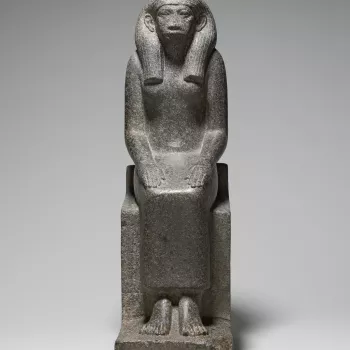Explore the Exhibition
In 1862, the photographer Francis Bedford was asked to accompany the Prince of Wales on a four-month tour of the Middle East. The journey began in Windsor on 6 February. The Prince and his companions would travel through Egypt, the Holy Land, Syria, Lebanon, Turkey and Greece before heading back to Britain in June. In 1862, this region was under the control of the Ottoman Empire, centred on Constantinople (modern-day Istanbul).
Travelling with heavy equipment, Bedford photographed the architecture, landscape and peoples of the regions visited. Of the 200 or so images he made, 172 were publicly exhibited in a London gallery after the tour. The public could also purchase copies. The photographs were regarded as a great success. They helped shape the Victorian understanding of the Middle East and confirmed Bedford’s reputation as one of the leading photographers of the nineteenth century.
The Prince of Wales acquired two complete sets from Bedford. The original photographs are displayed in this exhibition, brought together here for the first time since 1862.




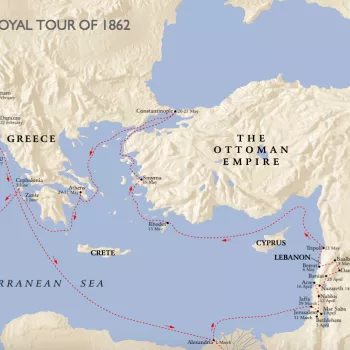
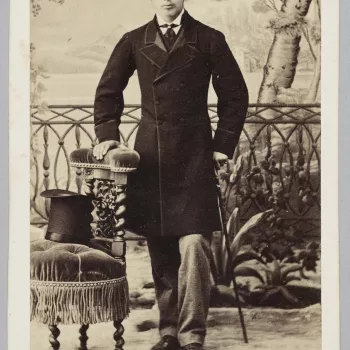
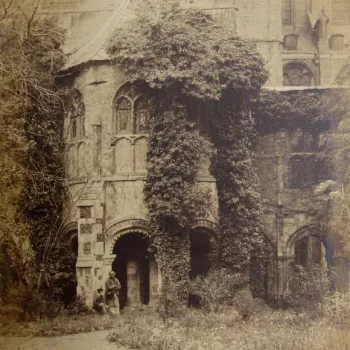
![Mosque of Mehemet Ali [Mosque of Muhammad Ali, Cairo] View of Mosque of Mohammed Ali in Cairo, Egypt. Alabaster building seen across square, with 2 tall minarets centre. Single row of columns supporting round arches lining court, left.
The mosque was built in the Ottoman style between 1830 and 1848 for th](https://cmsadmin.rct.uk/sites/default/files/styles/rctr_scale_crop_350_350/public/226520-1320401022.jpg.webp?itok=kpKFB0JN)
![Rasheiya [Rashaya, Lebanon] Rashaya, a mostly Druze-inhabited town, was the scene of conflict in June 1860. The Prince wrote: 'In this town, 400 to 500 Christians were massacred and we saw still the remains of the burnt houses.' In July, the conflict spread from this area into Damas](https://cmsadmin.rct.uk/sites/default/files/styles/rctr_scale_crop_350_350/public/363147-1361202714.jpg.webp?itok=F3zonTkH)
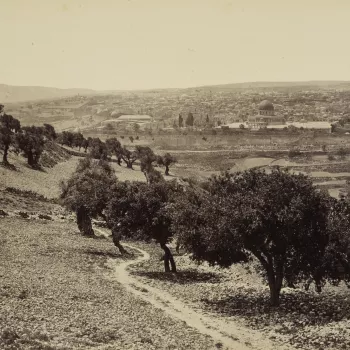
![View in the court of the Great Mosque [Damascus, Syria] View across the court of the mosque from the north side. Colonnade runs the length of the interior, tower above. Fountain covered by pavilion to the left.
The photograph is signed, captioned and dated in the negative, 'F Bedford Damascus'. The number i](https://cmsadmin.rct.uk/sites/default/files/styles/rctr_scale_crop_350_350/public/335795-1351702120.jpg.webp?itok=yM3Kfav4)
![Mosque of Tophana [Mosque of Nusretiye, Istanbul, Turkey] The Tophane, or more commonly, the Nusretiye Mosque, was built between 1823 and 1826 by Sultan Mahmud II (1784-1839) as part of the larger project to rebuild the arsenal and barracks that had been burned in a fire. The mosque is situated in the Beyoglu di](https://cmsadmin.rct.uk/sites/default/files/styles/rctr_scale_crop_350_350/public/88873-1292636034.jpg.webp?itok=afp82fdO)
